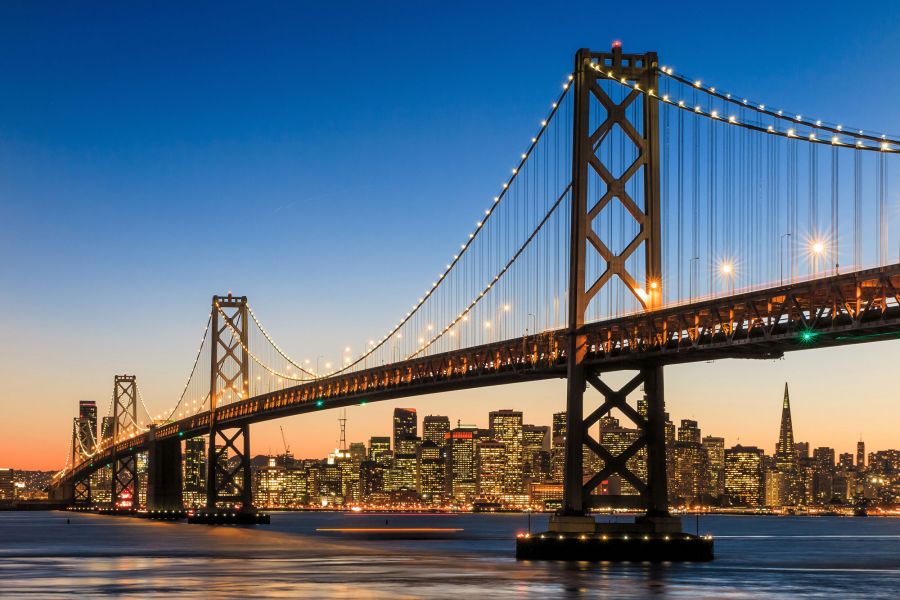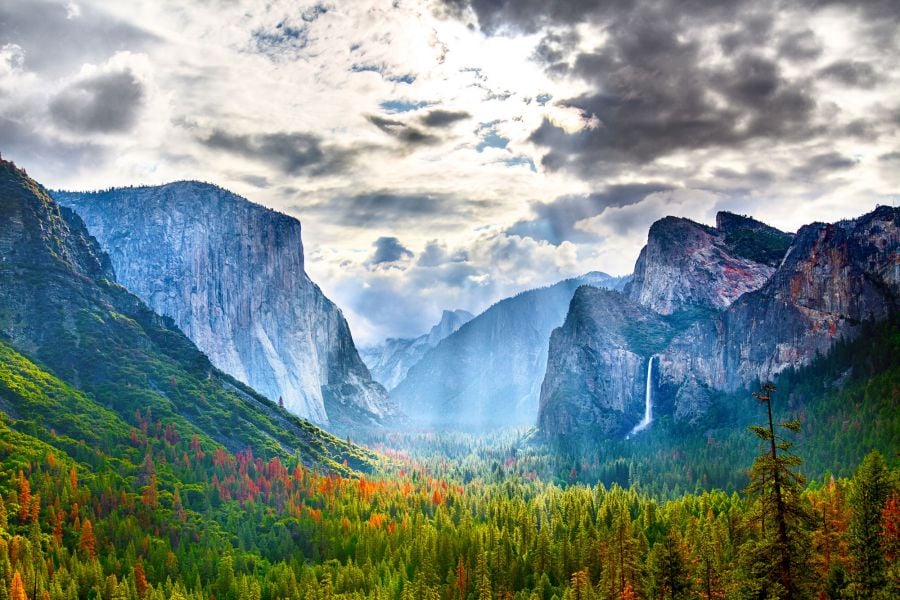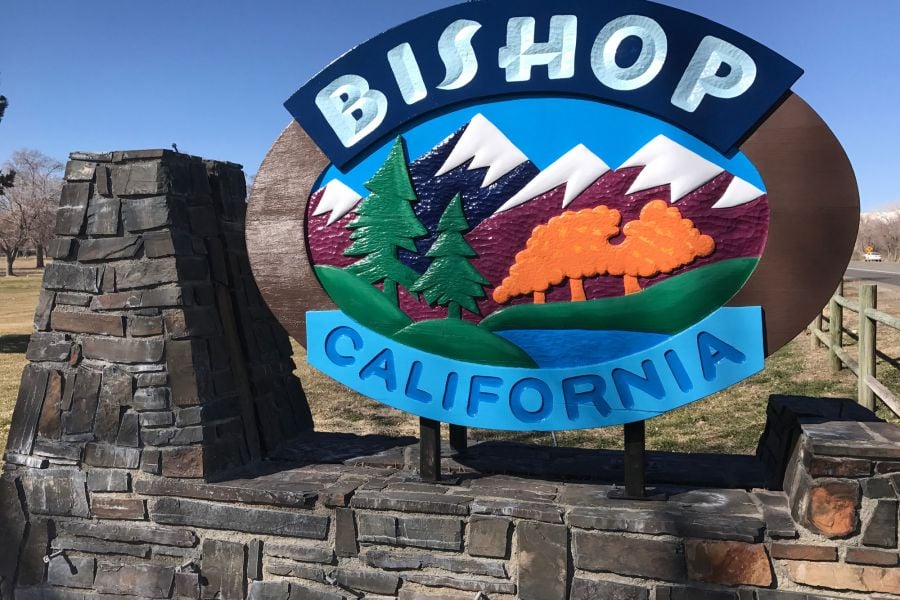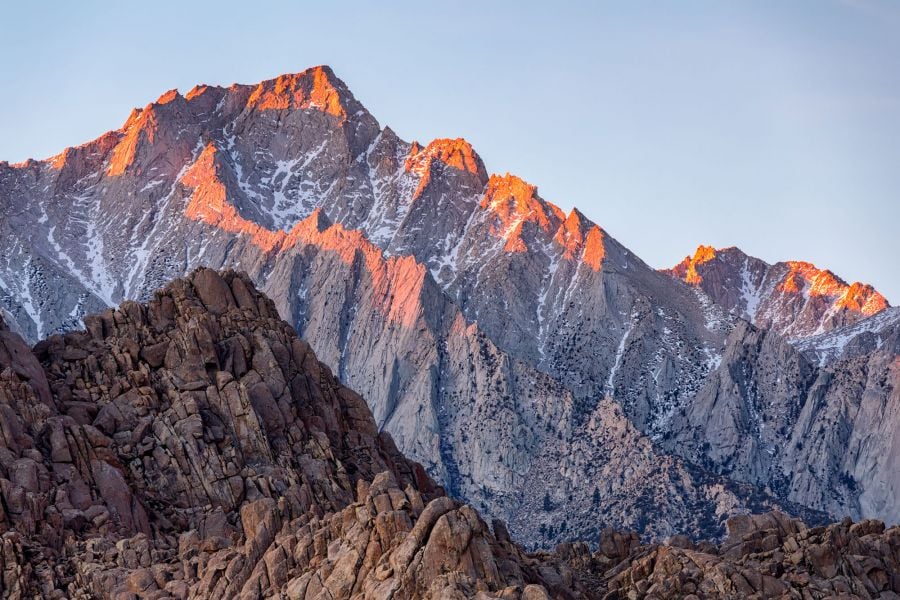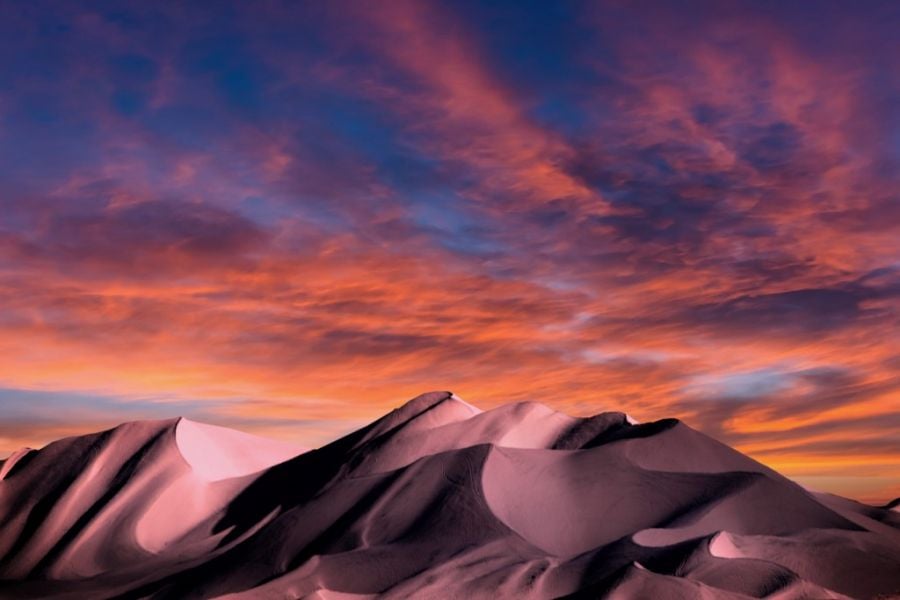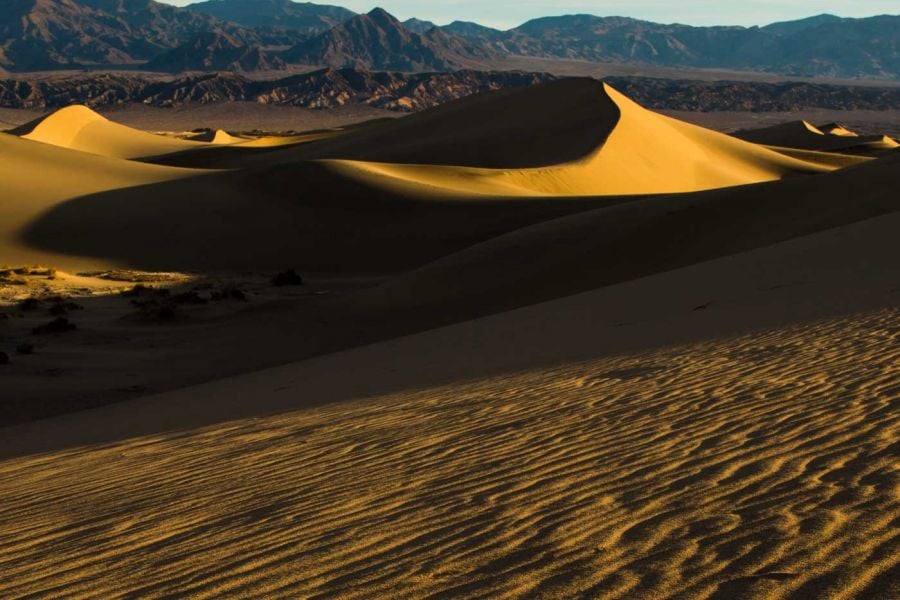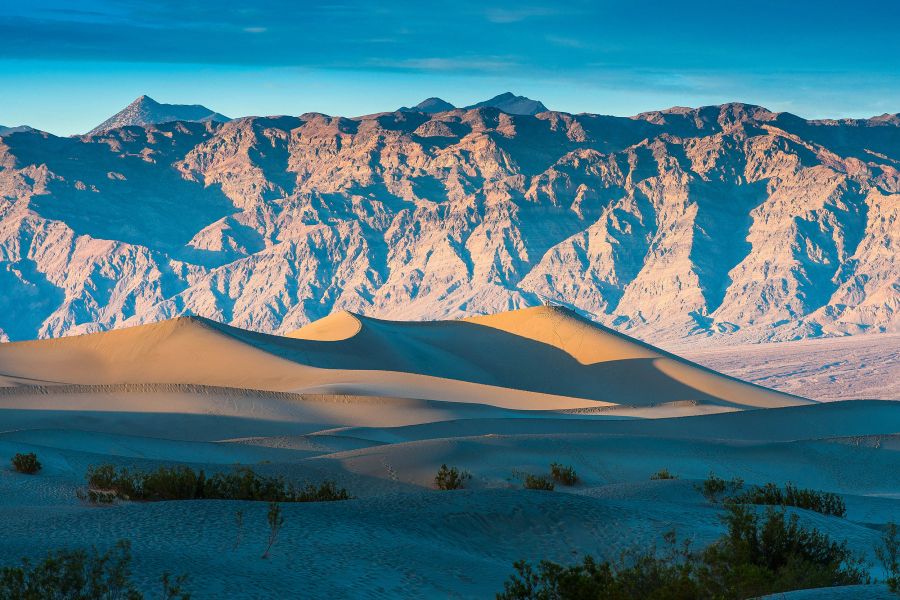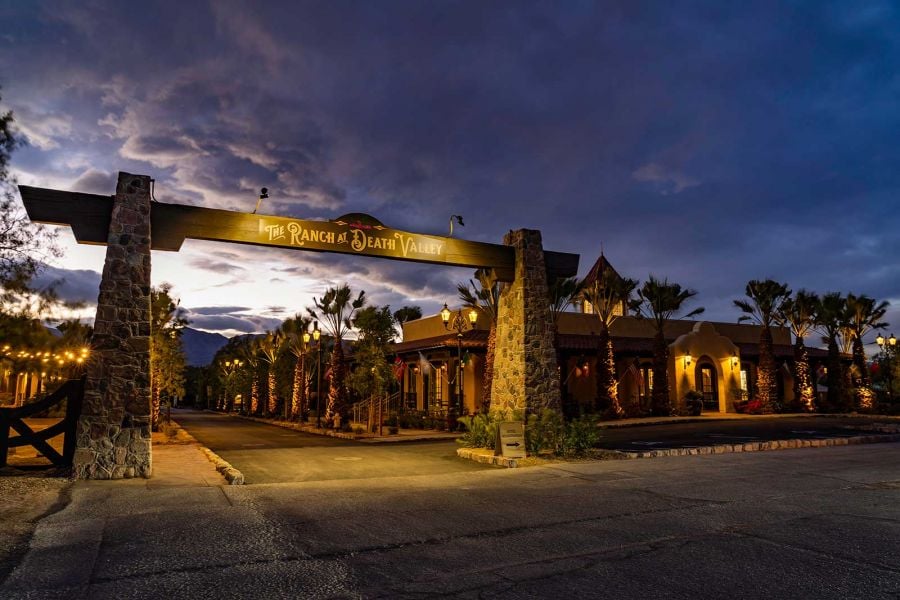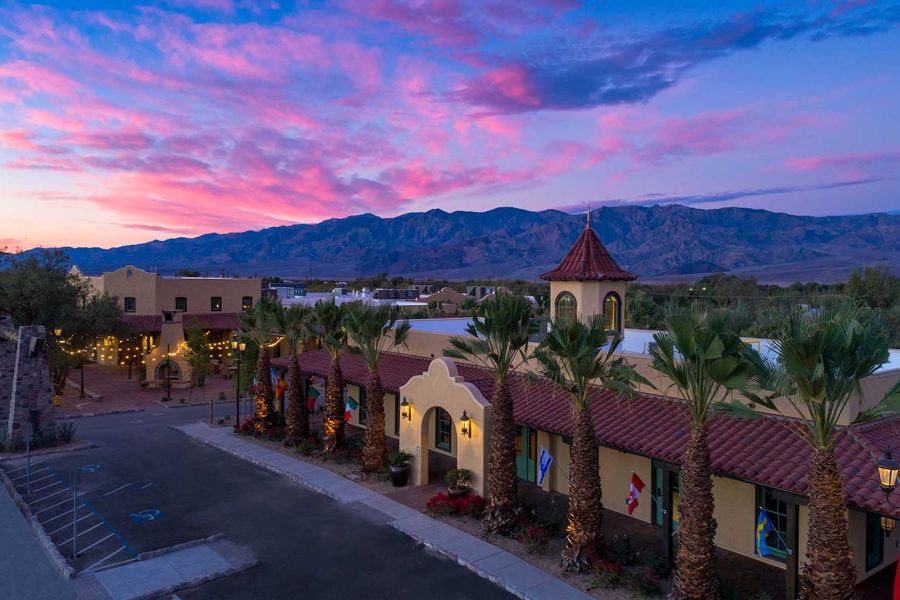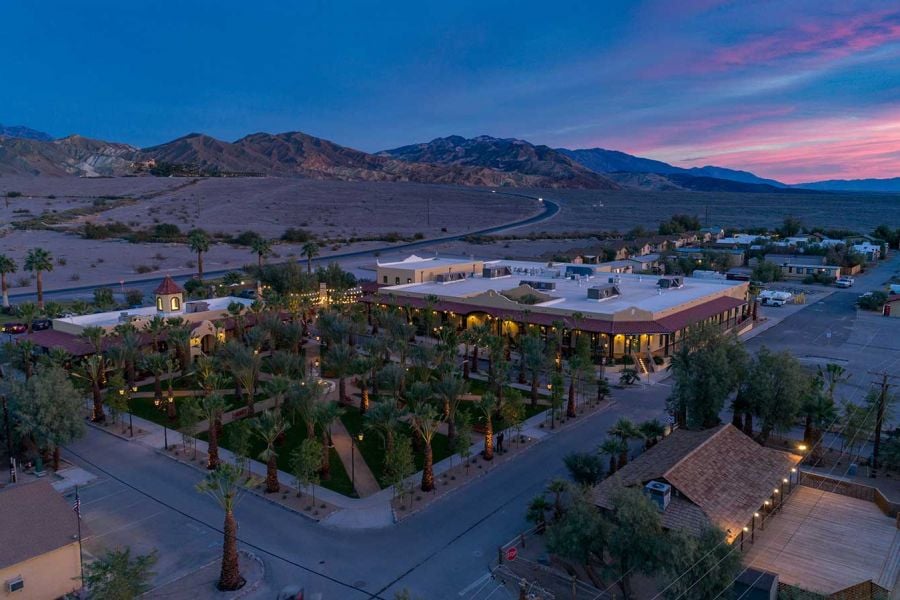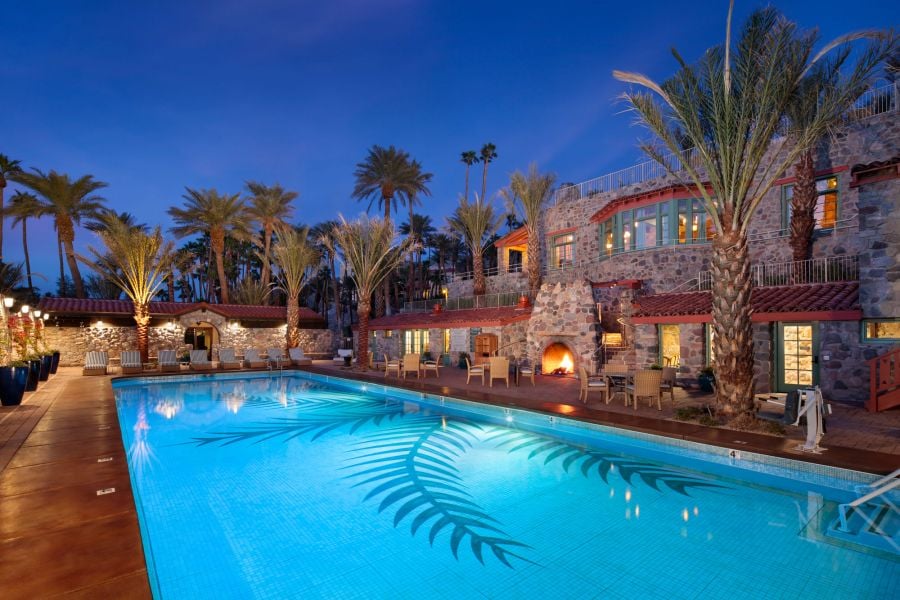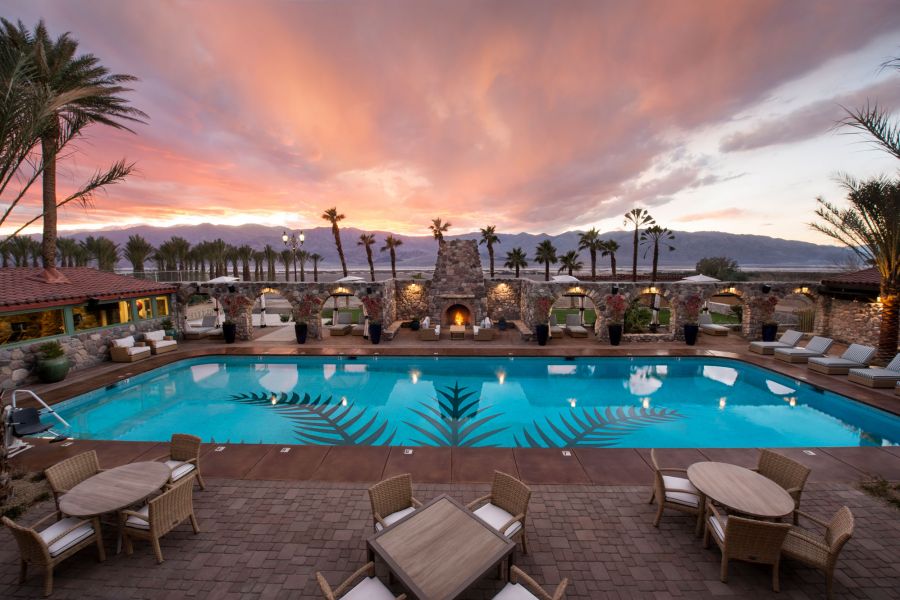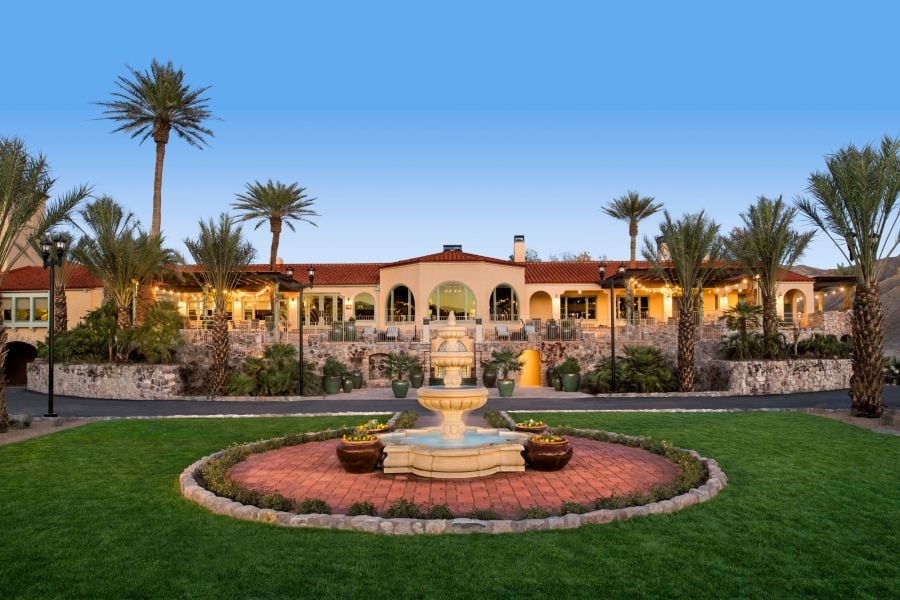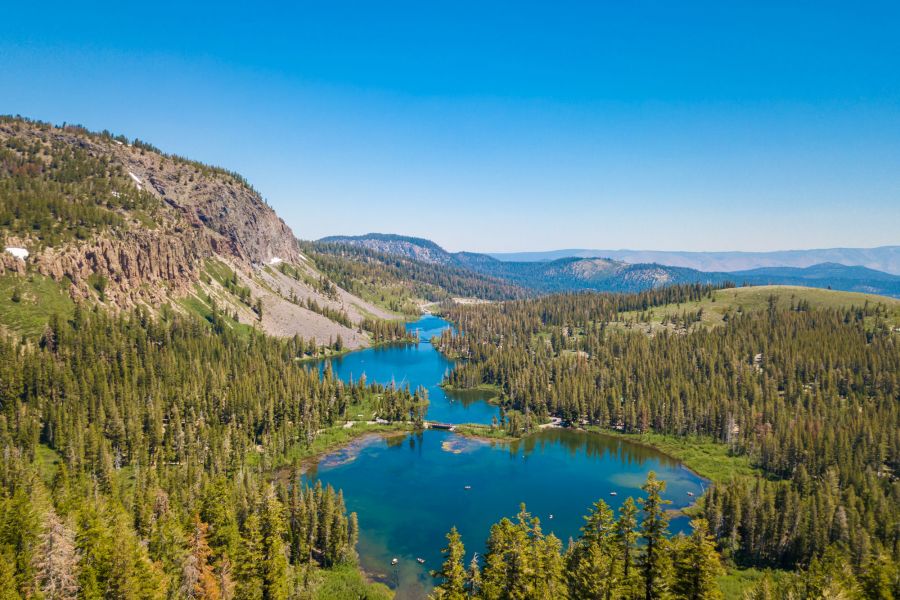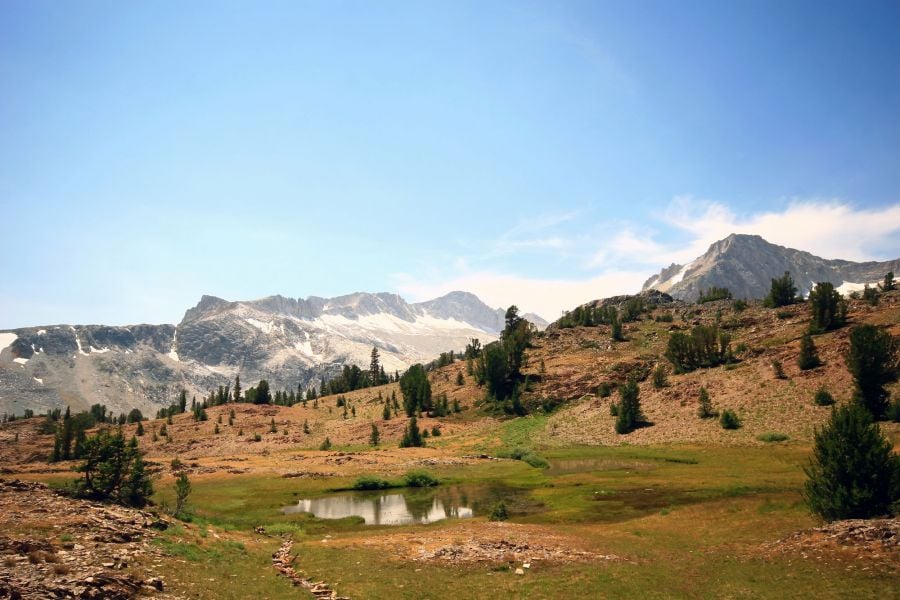Take a Road Trip from San Francisco to The Oasis at Death Valley
Are you ready for an epic road trip? In a little more than 600 miles you’ll explore a world class city, visit alpine lakes, quirky small towns, two national parks and marvel at dramatic desert vistas. Let’s go!
Note: This is one trip where it may be best to buy and become familiar with an old-fashioned paper map. The wide-open spaces can mean sketchy cell service.
Start in San Francisco
San Francisco will capture your heart. So, begin your trip knowing you’ll simply have to return. There is so much to see and do in this city that measures less than 50 square miles. It’s brimming with iconic landmarks, trend-defining cuisine, a compelling waterfront and world-class music, art and theatre. Ride the cable cars, cruise the bay and sample the seafood.
When the time is right, get ready to roll. You are about to sample more of the dramatic diversity found within the great state of California.
Stop 1: Yosemite National Park
It’s world renowned, for good reason. The legendary naturalist John Muir called it the “incomparable Valley.” The 4,000 foot-deep, glacially-sculpted Yosemite Valley, lined by sheer cliffs and bisected by the Merced River serves as the Park centerpiece, surrounded by jaw-dropping beauty. Throughout the national treasure, about the size of Rhode Island, you’ll find ranger-led tours, hiking and biking trails, open-air tram tours, and photography and art classes. Catch the iconic Half Dome at sunset or drive to Glacial Point for one of the most stunning views in the West. From the overlook, expect a sweeping view of Yosemite Valley, Half Dome, Yosemite Falls, and Yosemite’s high country. The stop is accessible by car from mid-to- late May through October or November.
While in the park you’ll want to see the giant sequoias. Consider a beautiful hike through the Tuolumne Grove of Giant Sequoias, one of three such groves in Yosemite.
Stop 2: Bishop
This outdoorsy adventure enclave, tucked at the north end of the Owens Valley is billed as a “small town with a big backyard”. With an artsy vibe and access to the Sierra’s dramatic high country, it’s a favorite stop for hikers, birders (it’s said to be a good place to spot snow quail) mountain bikers, and anglers. If you have extra time on your hands, Bishop is also a jumping off point for backpacking trips into the John Muir and Ansel Adams Wilderness Areas.
Stop 3: Lone Pine
This western-style town serves as a gateway for outdoor lovers interested in hiking to the summit or in the shadow of Mt. Whitney, the highest point in the contiguous U.S. It’s also known for its early trout fishing season and access to fishing in the Owens Valley, and the Eastern Sierra, including the Golden Trout Wilderness.
Take a drive through the Alabama Hills Recreation Area where strange rock formations served as the backdrop for numerous movies and commercials. You can learn more about the area’s moviemaking tradition by stopping in Lone Pine’s Museum of Western Film History.
Inside Death Valley National Park
Once inside Death Valley National Park there is so much to see and do. With more than 3.4 million acres, It’s the largest National Park in the lower 48. Expect 1000 miles of paved and dirt roads providing access to barren salt flats, spring-fed canyons and undulating sand dunes.
A land of extremes, you’ll explore below sea level at Badwater Basin or appreciate Telescope Peak at 11,049 feet.
Stop 4: Mesquite Flat Sand Dunes
En route to the Park Visitor’s Center in Furnace Creek and the Oasis at Death Valley, your overnight destination, consider a stop at the Mesquite Flat Sand Dunes. A photographer’s dream, the sea of sand can make for a challenging trek. Yet, if you are up for it, it’s worth the extra effort to explore beyond the parking area to steep in the solitude and fully appreciate the contours and ever-changing hues of the majestic dune system.
Stop 5: The Oasis at Death Valley
Here, within your own private oasis, inside a spectacular national park, choose to stay at The Inn, a favorite vintage hideaway where historic romance is paired with the pampering amenities of a contemporary luxury resort.
Settle in by the Hollywood-style, spring-fed pool. Sample soothing spa treatments. Linger over delicious cocktails and locally-inspired selections in the elegant Inn dining room.
Or, you may prefer to stay at The Ranch, where you’ll swim, soak, play and stay in a true Western atmosphere. Oozing authenticity, some say it’s part dude ranch, part national park lodge. We think you’ll agree it’s a perfect base camp from which to explore the park.
After a day filled with adventure, return to your comfortable accommodations just steps from an expansive lawn, a spring-fed pool, and the new Spanish-style Town Square. You won’t want to miss the good fun and fine food at The Last Kind Words Saloon!
Return Stop 1: Mammoth Lakes
Leaving Death Valley and heading back toward Yosemite, many beautiful places will once again compete for your attention. National monuments, numerous hiking trails and Mono Lake are all options. If you are looking for an overnight or a longer stay , Mammoth Lakes may be a perfect match.
This Eastern Sierra mountain town attracts snow lovers in the winter and those who are eager to lace up their hiking boots or cast a line in the warmer months. Surrounded by towering peaks, it’s a great spot to hike, bike or kayak in the basin, ride the gondola or fish in clear alpine lakes. Later sample craft beers, choose from multiple dining and lodging options and plan for your next adventure.
Mammoth Lakes is also the perfect base camp from which to explore local hot springs that were created more than 750,000 years ago when a massive volcano exploded in the region, creating a network of steaming water underground. Could there be a better way to restore tired muscles during an active road trip? Stop by the Mammoth Lakes Welcome Center for directions.
Return Stop 2: Lee Vining
The gateway to both Yosemite National Park and Mono Lake, you’ll find the welcoming town of Lee Vining at the base of the Sierra, just below Tioga Pass. The town is an ideal home base from which to explore the Mono Basin, described by John Muir as “frost and fire working together in the making of beauty” or when spending more time in nearby Yosemite. You’ll be well-supported by Lee Vining’s two visitor centers, trading posts, dining choices, a market, service stations, and many lodging options.
Road Trip Tips
- Travel with a face mask. Not all places will require them, but best to have a mask with you just in case.
- Have sanitizing wipes in your car. Always good when eating fast food, but even better in today’s climate.
- Know that you will be traveling through a diverse climate much of which is remote desert. Make sure that you have an emergency supply of water, food, and fuel at all times.
- Know the local laws for car safety when traveling with children. For those under one year of age or under 20 lbs., a rear-facing car seat is required. For those ages one to five, at least 20 lbs., and less than 4’9, a front-facing car seat is required. For children ages five to seven and up to 4’9, a booster car seat is required. Older children should always wear seat belts.
- Bring an extra set of car keys. You could have a long wait for a locksmith.
- Leave room for spontaneity – you never know what you will come across!
